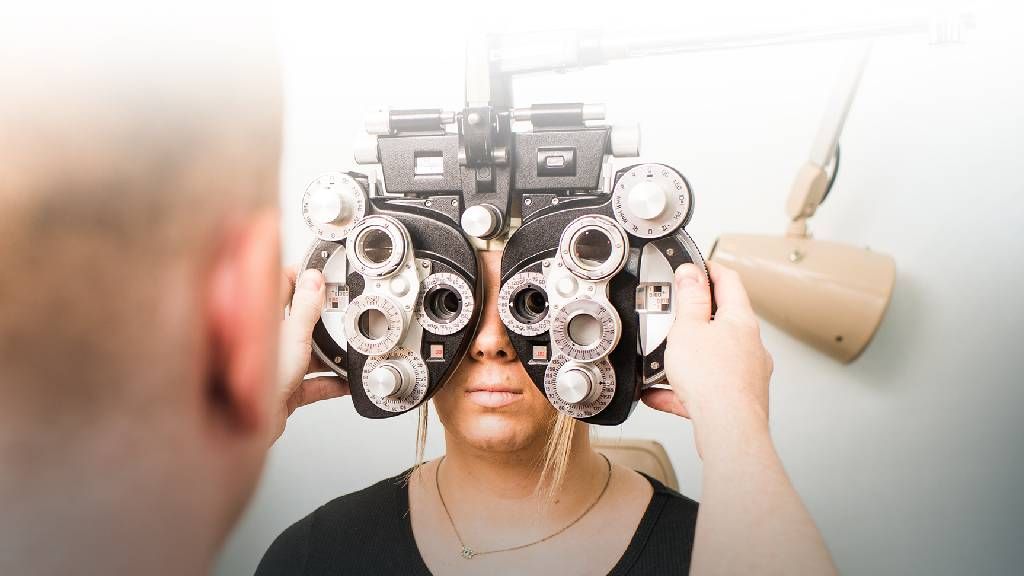Comprehending the Different Vision Adjustment Procedures Available for Clearer Sight
In the realm of vision improvement procedures, a plethora of alternatives exist to attend to refractive errors and provide people with clearer view. Let's explore the complexities of these treatments and shed light on the path to accomplishing improved vision quality (Cardiologist Andalusia).
LASIK Surgery
LASIK surgical procedure is an usual refractive treatment made use of to correct vision issues such as astigmatism, farsightedness, and nearsightedness. This medical strategy, which stands for Laser-Assisted in Situ Keratomileusis, intends to reshape the cornea to improve how light is focused on the retina, inevitably boosting vision quality.
Among the main benefits of LASIK surgery is the rapid improvement in vision experienced by patients. Many people see a substantial improvement in their sight immediately after the procedure. In addition, the majority of individuals report very little pain and pain throughout the surgical treatment and healing period. The recovery time for LASIK is relatively fast, with numerous people going back to their everyday tasks within a day or 2 post-operation. On the whole, LASIK surgical treatment is a prominent option for individuals seeking a long-term solution for their vision troubles.
PRK Treatment

PRK is an ideal option for people with thin corneas or those at a greater risk of eye injuries, as it does not include developing a corneal flap. The healing procedure for PRK is slightly longer compared to LASIK, as the epithelium requires time to regrow. People might experience discomfort and blurred vision for a few days complying with the procedure.
In spite of the longer recuperation time, PRK can produce superb results in vision renovation, making it an important option for those that may not appropriate prospects for LASIK surgery. - Neurologist Andalusia
Implantable Lenses
In comparison to PRK where the cornea is reshaped straight, implantable lenses supply an additional method for correcting vision by inserting man-made lenses inside the eye. This treatment is especially helpful for people with high levels of astigmatism, farsightedness, or nearsightedness that might not be appropriate candidates for laser surgical treatments like LASIK or PRK.
Implantable lenses, likewise called phakic intraocular lenses, work by supplementing the eye's all-natural lens with a fabricated one. These lenses can be positioned before the natural lens (anterior chamber) or behind the iris and before the natural lens (posterior chamber) By readjusting the power and positioning of these lenses, ophthalmologists can efficiently fix refractive mistakes and improve aesthetic acuity.
One benefit of implantable lenses is that they are detachable and exchangeable, providing adaptability for future modifications. However, similar to any type of procedure, there are risks entailed, such as infection or cataract formation. Patients considering implantable lenses need to consult with an eye care expert to determine one of the most appropriate option based upon their private requirements and eye health and wellness.
Corneal Rings

The treatment for putting corneal rings is relatively quick and minimally invasive, frequently done as an outpatient procedure. During the surgical treatment, the eye doctor makes a small cut in the cornea and inserts the rings at this post a specific depth. As soon as in place, the rings assist to improve the cornea, supplying a smoother surface area for light to enter the eye, which can result in clearer vision.
Corneal rings are taken into consideration a reversible procedure, as they can be eliminated or changed if essential. While they see this here may not completely get rid of the demand for glasses or call lenses, corneal rings can dramatically improve vision quality and overall visual comfort for people with keratoconus or various other corneal abnormalities.
Refractive Lens Exchange
Complying with the modification of corneal irregularities with treatments like corneal rings, one more vision improvement strategy that can attend to refractive errors is Refractive Lens Exchange (RLE) RLE is a procedure that entails changing the eye's natural lens with an artificial intraocular lens (IOL) to correct refractive mistakes such as presbyopia, farsightedness, and nearsightedness. This procedure is especially valuable for individuals that might not appropriate candidates for treatments like LASIK or PRK due to aspects such as slim corneas or high refractive errors.
Recuperation time for RLE is relatively quick, and individuals can anticipate improved vision soon after the procedure. As with any kind of surgical procedure, prospective dangers and problems exist, so a complete assessment with an eye treatment specialist is necessary to establish if RLE is the appropriate vision improvement option.
Final Thought

In the world of vision adjustment treatments, a wide variety of options exist to address refractive mistakes and supply individuals with more clear view.LASIK surgery is an usual refractive procedure used to remedy vision issues such as astigmatism, nearsightedness, and farsightedness.While likewise a common refractive treatment, the PRK (Photorefractive Keratectomy) technique varies from LASIK surgical treatment in its why not check here strategy to remedying vision problems.Adhering to the modification of corneal irregularities with treatments like corneal rings, an additional vision adjustment technique that can resolve refractive errors is Refractive Lens Exchange (RLE) LASIK surgery, PRK treatment, implantable lenses, corneal rings, and refractive lens exchange are all choices that can address different vision problems.